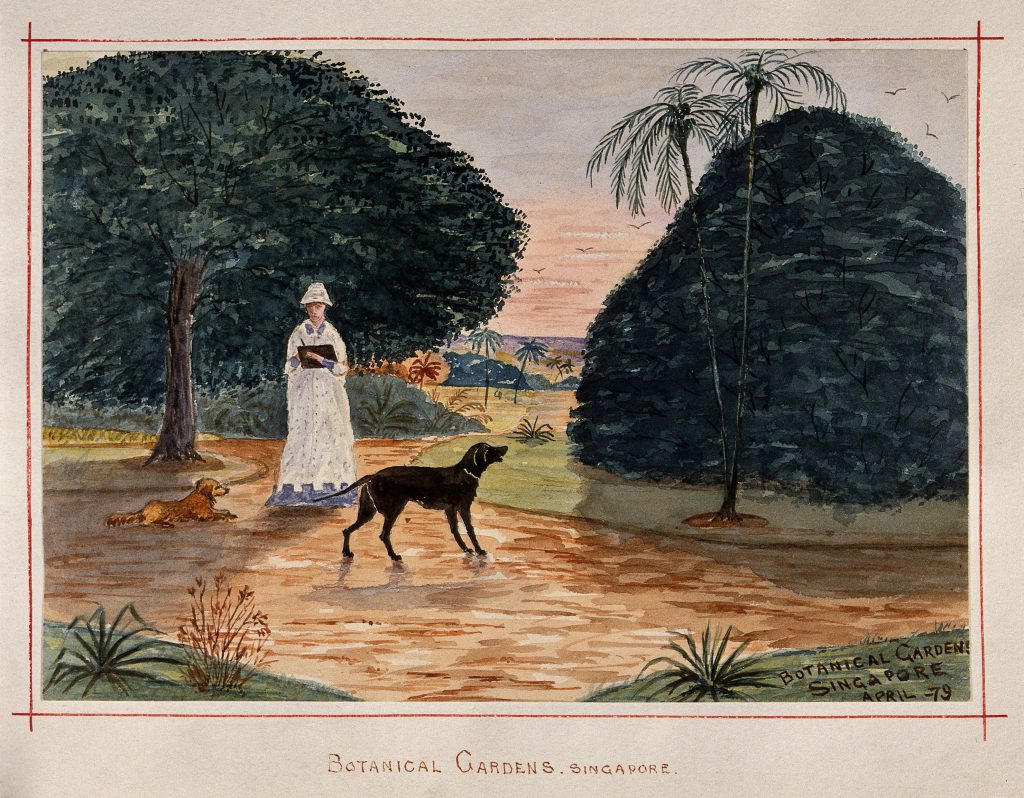How a British ship brought rabies to Singapore
February 14, 2020

Imperial Creatures: Humans and Other Animals in Colonial Singapore, 1819–1942 (NUS Press, 2019) by Associate Professor Timothy Barnard (NUS Department of History) was recently featured in an article in The Straits Times by Ms Melody Zaccheus. Ms Zaccheus finds that the book is a unique way of looking at the Republic’s history through the lens of human-animal interactions. In her article, she shares some of the interesting stories found in the book.
For example, the spread of rabies in Singapore during the 1880s due to the import of affected dogs resulted in the development of quarantine practices that had a lasting impact on how Singapore would go on to deal with infectious diseases for both animals and humans. The book also details the trading of exotic animals, which thrived in Singapore’s well-functioning port; there was an active market for birds, ranging from parakeets to talking cockatoos, which were brought into Singapore by Bugis trading vessels. Human-animal interactions in Singapore’s past are also fleshed out through the story of the “taming” of Singapore by the British authorities when they offered bounty for killing pests such as rodents and centipedes.
In an interview with The Straits Times, A/P Barnard says that he embarked on the fauna-focussed project because stories about animals help make Singapore’s history of political, economic, and social developments during its colonial past more interesting and relatable to the average person. A/P Barnard’s research is believed to be the first of its kind for Singapore.
Read the article here.
